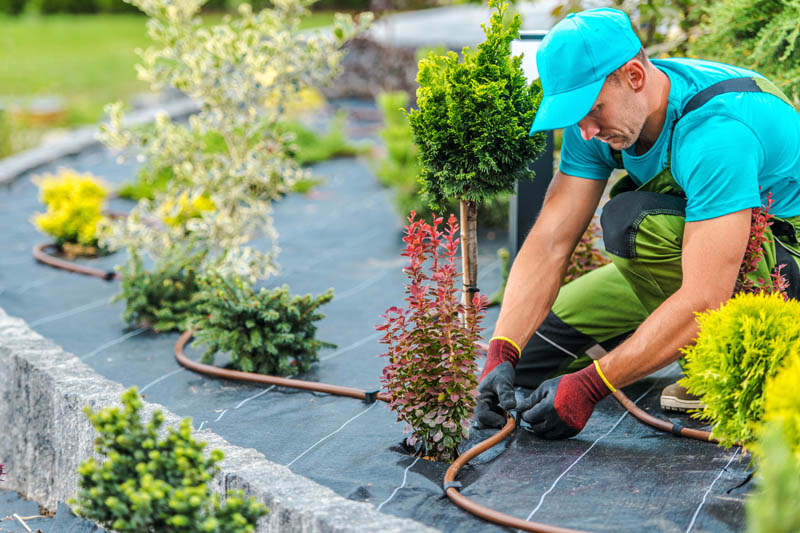Maintaining sanitary check valves in chemical mixing systems is crucial to ensure their reliable and hygienic operation. Proper maintenance helps prevent issues like backflow, contamination, and system downtime. Here are some key steps and best practices for maintaining sanitary check valves in chemical mixing systems:
1. **Regular Inspection:**
– Conduct routine visual inspections of the check valves to check for signs of wear, damage, or corrosion.
– Inspect seals, gaskets, and O-rings for signs of deterioration or leaks.
2. **Clean-In-Place (CIP) and Sterilization:**
– Integrate the check valves into the CIP system to ensure thorough cleaning and sterilization after each use.
– Follow the manufacturer’s recommendations for CIP procedures and chemicals compatible with the valve materials.
3. **Documentation:**
– Maintain a comprehensive record of maintenance activities, including inspection dates, cleaning and sterilization procedures, and any issues or repairs performed.
4. **Replace Worn Parts:**
– Replace damaged or worn components, such as seals, gaskets, O-rings, and valve seats, promptly to prevent leaks and contamination.
5. **Proper Installation:**
– Ensure that check valves are installed correctly with the flow direction indicated by the manufacturer.
– Follow recommended torque values for tightening bolts and nuts to prevent over-tightening or under-tightening.
6. **Lubrication:**
– If required, apply lubrication to moving parts to maintain smooth operation and prevent excessive wear.
7. **Leak Testing:**
– Regularly perform leak tests to verify that the check valves are sealing properly and preventing backflow.
– Conduct pressure tests or vacuum tests as needed to confirm the integrity of the valves.
8. **Chemical Compatibility:**
– Verify that the materials of construction for the check valves are compatible with the chemicals and solvents used in the mixing process.
9. **Safety Measures:**
– Follow safety protocols when working with chemicals, including wearing appropriate personal protective equipment (PPE) and handling hazardous materials in accordance with safety guidelines.
10. **Emergency Procedures:**
– Establish emergency procedures in case of valve failure or chemical leaks, including shutdown protocols, containment measures, and emergency response plans.
11. **Training:**
– Ensure that personnel responsible for maintenance and operation of check valves are properly trained and familiar with safety protocols and best practices.
12. **Spare Parts:**
– Maintain a stock of spare parts for check valves to facilitate quick replacements when needed, minimizing downtime.
13. **Schedule Maintenance:**
– Establish a regular maintenance schedule for check valves based on usage and environmental conditions.
– Consider preventive maintenance measures, such as component replacement before they reach their expected service life.
14. **Consult Manufacturer Guidelines:**
– Always refer to the manufacturer’s recommendations and guidelines for specific maintenance procedures and intervals. Manufacturers often provide detailed information on maintaining their products.
By following these maintenance practices, you can ensure that Sanitary Check Valves in chemical mixing systems operate effectively, reduce the risk of contamination, and prolong the lifespan of these critical components. Regular maintenance is essential for maintaining process efficiency and product quality in chemical mixing applications.




